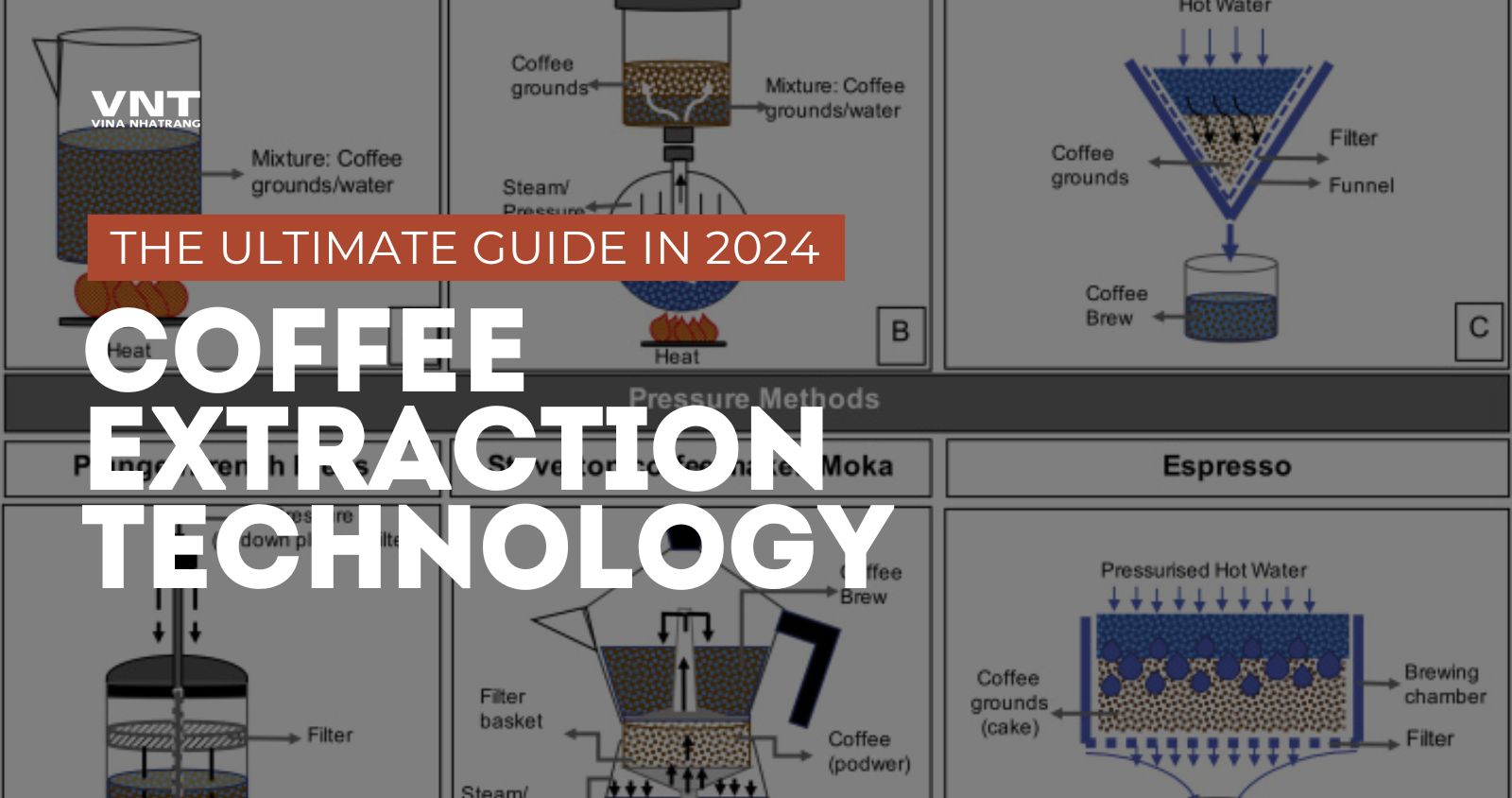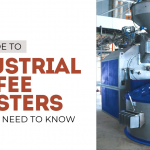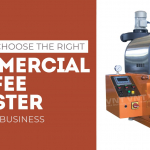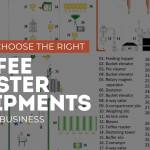Achieving the perfect cup of coffee is an art and a science, with extraction playing a crucial role. Coffee extraction technology refers to the process of dissolving the flavorful compounds from roasted coffee beans into water. Understanding the intricacies of extraction is essential for coffee businesses to consistently deliver a superior brew.
The complex chemical makeup of coffee beans, combined with various extraction variables, contributes to the unique taste profile of every cup. Mastering the extraction process allows coffee businesses to unlock the full potential of their beans, resulting in a delightful, well-balanced beverage that delights customers and sets them apart from the competition.
Want to learn more about Instant Coffee Processing? Check out the machines in our Instant Coffee Processing System
Basics of Coffee Extraction
Coffee extraction is the fundamental process of dissolving the soluble compounds in roasted coffee grounds with hot water. This seemingly simple interaction between water and coffee grounds is a delicate dance that requires precision and control.
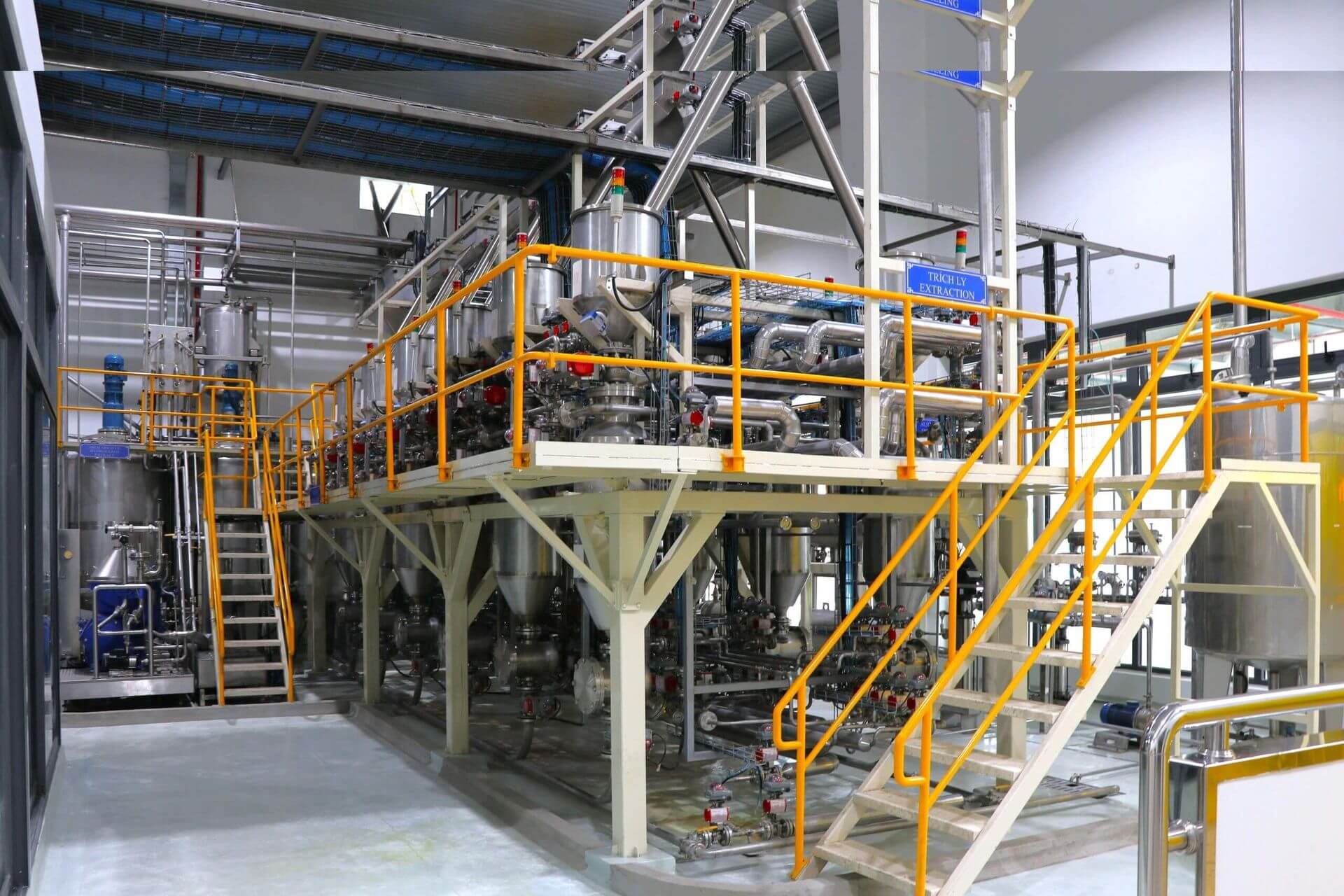
VNT’s Instant Coffee Extraction System
During extraction, hot water acts as a solvent, extracting various compounds from the coffee grounds, including fats, acids, sugars, and plant fibers. The rate and extent of extraction depend on several factors, such as the water-to-coffee ratio, grind size, coffee roast, water temperature, and contact time between the water and grounds.
Check out our Instant Coffee Extraction System
The Science Behind Coffee Extraction
Coffee extraction is a complex process that involves the sequential release of different flavor compounds. The order in which these compounds are extracted significantly impacts the final taste of the coffee.
Initially, the fats and acids present in the coffee grounds dissolve, imparting a sour or oily flavor. As the extraction progresses, sugars and other soluble solids are extracted, contributing to the desired sweet and syrupy taste. However, if the extraction continues beyond the optimal point, undesirable bitter and thin flavors will dominate, resulting from the release of plant fibers and other compounds.
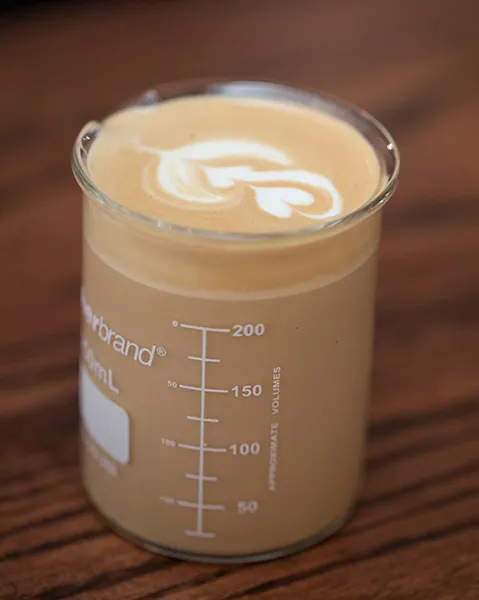
Understanding this sequence of extraction is crucial for achieving a well-balanced cup of coffee. Over-extraction occurs when too many compounds have been dissolved, leading to a harsh, bitter taste. Conversely, under-extraction happens when not enough compounds have been extracted, resulting in a weak, sour, and underdeveloped flavor profile.
Key Variables in Coffee Extraction
Several variables play a pivotal role in controlling the coffee extraction process, each contributing to the final flavor and quality of the brew.
- Water Composition: The mineral content and hardness of the water used for brewing can significantly impact extraction efficiency. Ideally, water with moderate hardness and a balanced mineral profile is preferred for optimal extraction.
- Grind Size: The fineness or coarseness of the coffee grind directly affects the surface area exposed to water, influencing the extraction speed and efficiency. Finer grinds extract faster, while coarser grinds extract more slowly.
- Temperature: Water temperature plays a crucial role in extraction rate and flavor development. Hotter water extracts compounds faster but can lead to over-extraction and bitterness if not controlled properly. Most experts recommend brewing between 195°F and 205°F (91°C and 96°C) for optimal extraction.
- Extraction Time: The amount of time the water and coffee grounds are in contact dictates the extent of extraction. Longer contact times generally result in more complete extraction but can also lead to over-extraction if not monitored carefully.
Advanced Techniques for Perfect Extraction
Coffee professionals and enthusiasts have developed various techniques to achieve optimal extraction and consistent results:
- Preinfusion/Blooming: This technique involves pre-wetting the coffee grounds with a small amount of hot water before the full brew cycle. It allows the grounds to release trapped gases, expand, and prepare for efficient extraction.
- Adjusting Extraction Ratios: The ratio of coffee grounds to water can be adjusted to control the strength and flavor complexity of the brew. A higher coffee-to-water ratio results in a stronger, more concentrated beverage, while a lower ratio yields a milder, more diluted cup.
- Use of Scales and Timers: Precise measurements of coffee grounds, water volume, and brew time are essential for consistent results. Many coffee professionals rely on digital scales and timers to ensure accuracy and repeatability in their extraction process.
Cold vs. Hot Coffee Extraction
1. Hot extraction
While hot extraction is the traditional method for brewing coffee, cold extraction techniques, such as cold brew and Japanese iced coffee, have gained popularity in recent years. These methods involve steeping coffee grounds in cold or room-temperature water for an extended period, typically 12 to 24 hours.
2. Cold extraction
Cold extraction methods tend to produce a smoother, less acidic, and less bitter flavor profile compared to hot extraction. However, the process is more time-consuming, and the resulting brew is often more diluted, requiring higher coffee-to-water ratios.
Both hot and cold extraction methods have their merits, and the choice ultimately depends on personal preference, convenience, and the desired flavor profile.
Conclusion
Mastering coffee extraction technology is a journey that combines science, precision, and a passion for crafting the perfect cup of coffee. By understanding the fundamentals of extraction, the impact of various variables, and advanced techniques, coffee businesses can elevate their offerings and consistently deliver a superior brew.
Experimentation and continuous learning are key to unlocking the full potential of coffee extraction. Coffee businesses should embrace this process, refine their techniques, and strive to create an exceptional experience for their customers with every sip.
